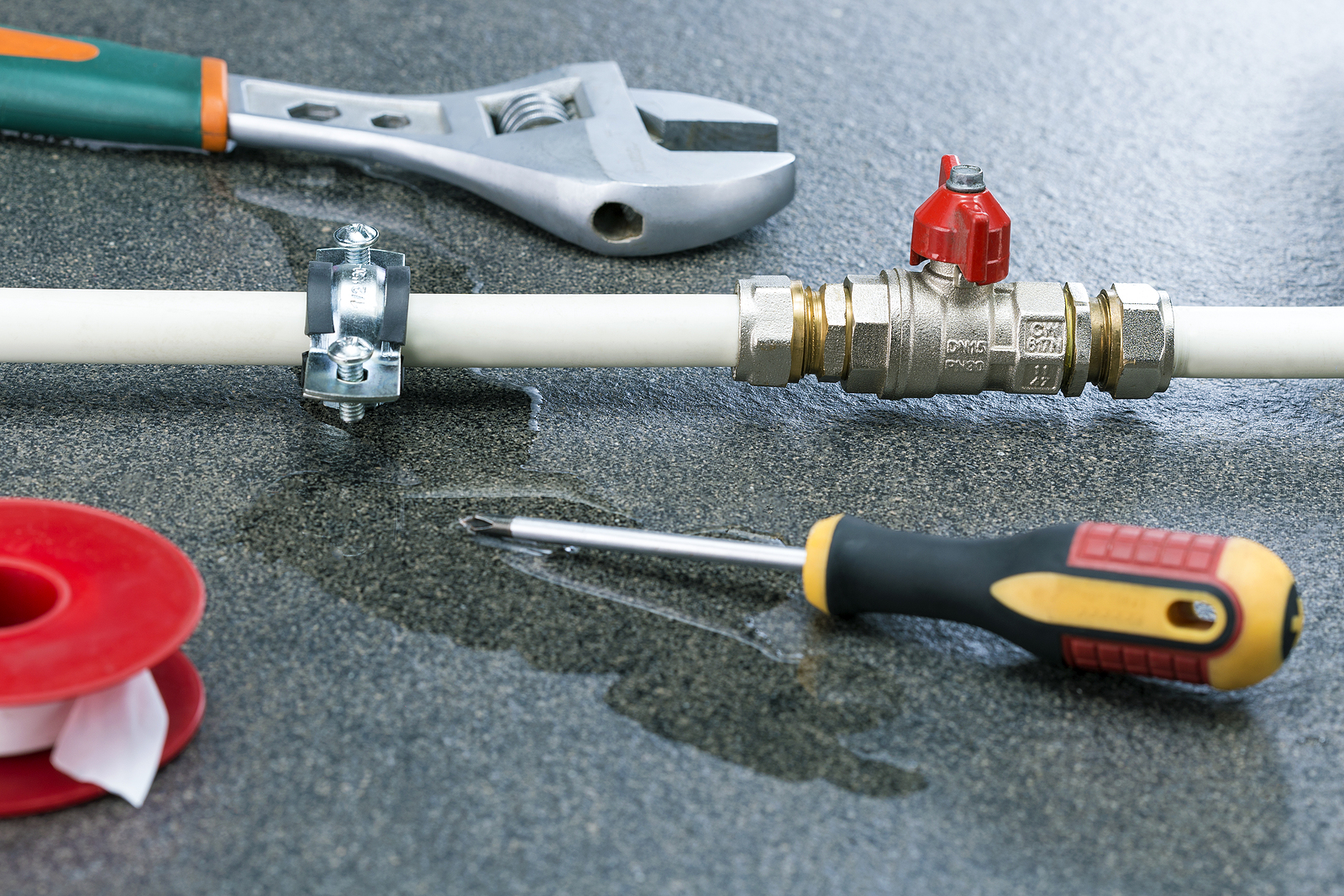How to Inspect If Your House Has a Concealed Leakage
How to Inspect If Your House Has a Concealed Leakage
Blog Article
Do you find yourself on the lookout for critical info around Hacks to detect leaks?

Early detection of dripping water lines can minimize a potential catastrophe. Some small water leaks may not be noticeable.
1. Analyze the Water Meter
Every home has a water meter. Checking it is a proven way that aids you discover leakages. For starters, shut off all the water resources. Guarantee no one will certainly purge, utilize the faucet, shower, run the washing machine or dishwashing machine. From there, go to the meter and watch if it will certainly transform. Given that nobody is utilizing it, there need to be no movements. If it moves, that suggests a fast-moving leak. Similarly, if you discover no changes, wait an hour or two and also inspect back again. This implies you might have a slow-moving leakage that can also be below ground.
2. Inspect Water Intake
If you detect unexpected changes, despite your intake being the same, it indicates that you have leaks in your plumbing system. An unexpected spike in your costs shows a fast-moving leakage.
A steady increase every month, even with the exact same behaviors, reveals you have a sluggish leak that's also gradually intensifying. Call a plumber to completely inspect your home, especially if you really feel a cozy area on your floor with piping underneath.
3. Do a Food Coloring Test
When it comes to water usage, 30% comes from commodes. If the shade in some way infiltrates your dish throughout that time without flushing, there's a leakage in between the tank and bowl.
4. Asses Exterior Lines
Don't forget to inspect your exterior water lines also. Needs to water permeate out of the connection, you have a loose rubber gasket. One tiny leakage can throw away loads of water as well as spike your water costs.
5. Examine the scenario and evaluate
Home owners should make it a routine to examine under the sink counters and also also inside closets for any kind of bad odor or mold and mildew growth. These 2 warnings suggest a leak so timely attention is called for. Doing regular evaluations, even bi-annually, can conserve you from a major problem.
Extra significantly, if you know your residence is already old, maintain a watchful eye on your heating units, hose pipes, pipelines etc. Check for stainings as well as deteriorating as many pipelines and home appliances have a life expectancy. They will certainly also naturally degrade because of tear and wear. If you suspect leaking water lines in your plumbing system, don't await it to intensify. Call a specialist plumber as soon as possible so you don't wind up with an awful mess in your house.
Early detection of leaking water lines can reduce a potential disaster. Some tiny water leakages may not be noticeable. Checking it is a surefire method that aids you uncover leaks. One little leak can throw away loads of water and surge your water expense.
If you presume dripping water lines in your plumbing system, do not wait for it to rise.
WARNING SIGNS OF WATER LEAKAGE BEHIND THE WALL
PERSISTENT MUSTY ODORS
As water slowly drips from a leaky pipe inside the wall, flooring and sheetrock stay damp and develop an odor similar to wet cardboard. It generates a musty smell that can help you find hidden leaks.
MOLD IN UNUSUAL AREAS
Mold usually grows in wet areas like kitchens, baths and laundry rooms. If you spot the stuff on walls or baseboards in other rooms of the house, it’s a good indicator of undetected water leaks.
STAINS THAT GROW
When mold thrives around a leaky pipe, it sometimes takes hold on the inside surface of the affected wall. A growing stain on otherwise clean sheetrock is often your sign of a hidden plumbing problem.
PEELING OR BUBBLING WALLPAPER / PAINT
This clue is easy to miss in rooms that don’t get much use. When you see wallpaper separating along seams or paint bubbling or flaking off the wall, blame sheetrock that stays wet because of an undetected leak.
BUCKLED CEILINGS AND STAINED FLOORS
If ceilings or floors in bathrooms, kitchens or laundry areas develop structural problems, don’t rule out constant damp inside the walls. Wet sheetrock can affect adjacent framing, flooring and ceilings.
https://www.servicemasterbyzaba.com/blog/how-to-detect-water-leakage-in-walls/

I came across that blog post about Detecting hidden plumbing leaks while surfing the web. Remember to set aside a second to share this write-up if you enjoyed reading it. Kudos for your time. Visit again soon.
Report this page